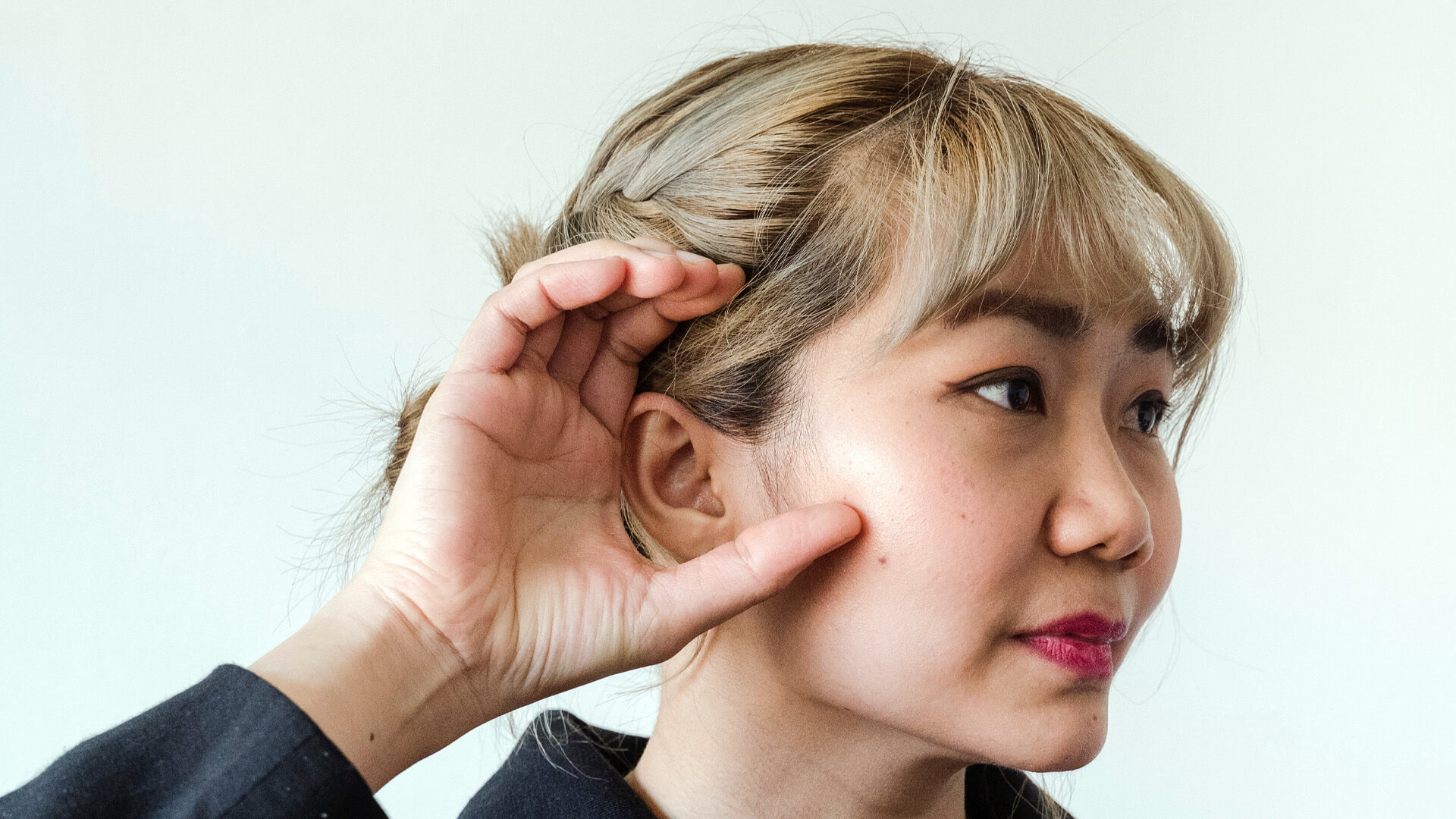Assistive Listening Devices (ALDs) may be used in conjunction with hearing aids to improve your listening experience and give additional hearing help in difficult listening conditions.
While ALDs are not a replacement for hearing aids, they can be used when hearing aids are insufficiently amplified or when hearing aids are not possible to use owing to physical restrictions.
Table of Contents
Assistive Listening Devices: Usage
For those with hearing loss, there are several different types of assistive listening equipment.
Some assistive listening devices are offered for public use in locations like theaters and schools (assistive listening devices for public use), while others may be bought and used at home (personal assistive listening devices).
If you are in doubt about which one to use, visit your local hearing clinic and chat with a hearing healthcare specialist to find the best option for you.
Assistive Listening Devices for Public Use
Assistive listening devices meant for public use, such as places of worship, courtrooms, theaters, and schools, are known as public-use ALDs. Hearing loop systems, FM or DM systems, and infrared systems are examples of public assistive listening devices.
- Hearing loops, also known as induction loops or audio-frequency induction loop systems (AFILS), are made out of a copper wire that is put inside a room, theater, or counter and connected to a public address or sound system through a particular loop “driver.” Sound is guided into the telecoil of hearing aids, cochlear implants, or telecoil receivers worn on the body, such as a neck loop, by minor changes in the magnetic field.
- Radiofrequency assistive listening systems, often known as FM or DM systems, transmit a low-power FM frequency radio transmission from a sound system to FM receivers wirelessly. Everyone who wants to use the system will require a receiver as well as either headphones or a neck loop. Neckloops reduce the need for headphones for persons who have hearing aids with telecoils. These methods are commonly utilized in schools to assist students with hearing loss in achieving their academic goals, but they may also be useful for adults in a variety of contexts.
- Infrared systems (IR) convey voice or music from a public address or sound system to an IR receiver using invisible infrared light waves. This is a line-of-sight technology that cannot be utilized in direct sunlight. Users are recommended to sit as centrally as possible since IR signals are emitted and received in a straight line.
What Is a Telecoil, Often Known as a T-coil?
A telecoil is a wire that acts as a small wireless receiver within various hearing aids and cochlear implants. It was created with the intention of making sounds clearer to a listener over the phone. It’s also utilized with hearing loop (or induction loop) systems, FM systems, infrared systems, and personal amplifiers, among other assistive listening equipment.
Telecoils increase the use of hearing aids and cochlear implants, particularly in circumstances where hearing is difficult. Many hearing aids, all cochlear implants, and certain streamers have telecoils, and they are an essential component for anyone wishing to easily and directly access an assistive listening system.
Personal Assistive Listening Devices
There are many different types of assistive hearing devices available for private use that can be useful in overcoming background noise and gaining a clearer sound in particular listening settings.
Amplified telephones, notification systems, personal amplifiers, and TV streamers are some of the most prevalent categories.
1. Amplified Telephones
The most prevalent kind of personal assistive listening device is an amplified telephone. Amplified telephones are used to assist persons who have difficulty hearing on the phone. They include volume control and tone control that might help you hear speech more clearly. They also have an unusually high ringer volume, ensuring that no calls go unanswered.
Amplified telephones are designed for those with mild to severe hearing loss and are best used with hearing aids, and come in a variety of forms and include features such as a built-in speakerphone and memory dial buttons.
It’s worth noting that most smartphones include volume controls and are compatible with hearing aids, and some devices are even designed with additional amplification.
2. Notification Systems & Alert Systems
Alarm clocks, doorbells, and smoke detectors are examples of gadgets that serve as notification systems in our homes. These technologies are useful not only for improving one’s quality of life but also for ensuring one’s safety.
Notification systems alert you to your surroundings by using amplified noises, visual light signals, or vibrations removing your concerns about not hearing your smoke alarm while sleeping if you don’t have hearing aids.
3. TV Streamers
For someone with hearing loss, watching television might be tough. Increasing the level can often annoy those around you, making finding the right balance between too quiet and too loud difficult. TV listeners or streamers assist individuals who are unable to hear the television at a suitable volume while also reducing noise for others in the vicinity.
The streamer connects to the TV through a normal plug-in and wirelessly transmits sound from the TV to a headset via radio waves. The sound from the TV may be boosted to the listener’s desire with this headset, allowing everyone else to adjust the TV volume to a comfortable level.
Who Can I Go to if I Need Assistance With My Hearing Loss?
If you suspect you or a family member has hearing loss, get treatment from a trained health practitioner as soon as possible.
A variety of professions can assist, and each has a unique set of skills and training, and each may play a significant role in your hearing health care, and we at Johnson Law Offices want to help you by making your search easier.
Sources
Contact Us
If you, or anyone you know, worked in noise and suffers from hearing loss, please do not hesitate to contact us.
Contact Us


